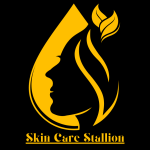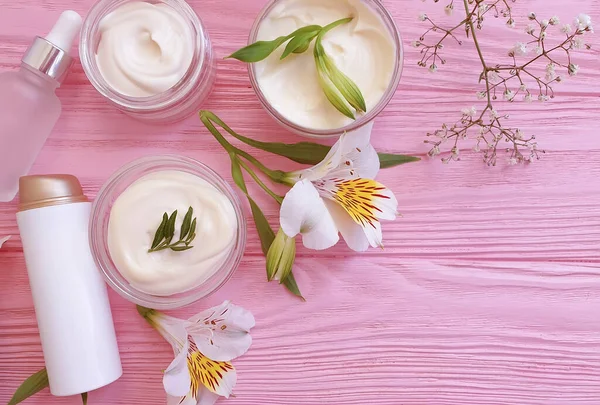How to Layer Skincare Products: A Step-by-Step Guide for Maximizing Your Routine’s Benefits
Unlocking the secret to radiant, healthy skin often lies not in the products themselves, but in the order in which you apply them. Mastering the art of layering skincare products can transform your routine from simple self-care to a luxurious ritual that maximizes each product’s effectiveness.
Imagine your skincare as a symphony, where each product plays a pivotal role in creating harmony on your skin.
Whether you’re a skincare novice or a seasoned enthusiast, understanding the nuances of layering can help you achieve that coveted glow, making your skin not just look good, but feel its absolute best. Dive into the world of skincare alchemy and discover how to layer like a pro.
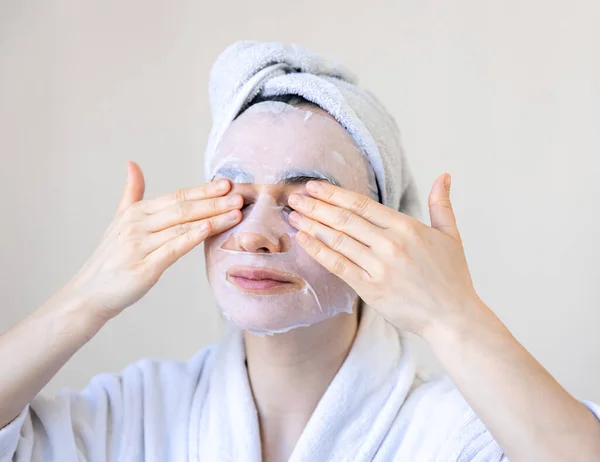
Table of Contents
ToggleHow To Layer Skincare Products
To layer skincare products effectively, follow a simple rule: apply products from thinnest to thickest consistency. Start with cleansers, then move to toners, serums, and finish with moisturizers and sunscreen.
This ensures each product penetrates properly and maximizes its benefits. Consistency is key for optimal skin health. Always follow up with sun protection during the day.
Step-by-Step Guide to Layering Skincare Products
Cleansing
Begin your skincare routine with a gentle cleanser. Cleansing removes dirt, oil, and makeup, creating a clean canvas for the following products. Use a hydrating cleanser for dry skin or a foaming cleanser for oily skin.
Toning
Apply a toner immediately after cleansing. Toners help balance the skin’s pH and remove any leftover residue. They can also hydrate and prepare the skin for better absorption of serums and treatments.
Serum Application
Next, apply serums, which are packed with active ingredients. Serums address specific skin concerns like aging, hyperpigmentation, or acne. Because serums are lightweight and highly concentrated, they penetrate deeply into the skin. Apply a few drops and gently pat them into your skin.
Eye Cream
If you use an eye cream, apply it now. Eye creams are formulated to address delicate skin around the eyes. They help with issues like puffiness, dark circles, and fine lines. Use your ring finger to gently tap the product around the eye area. This step ensures the sensitive skin around your eyes remains hydrated and protected.
Moisturizing
After serums and eye cream, apply a moisturizer. Moisturizers lock in hydration and create a protective barrier on the skin. Choose a moisturizer suited to your skin type – lightweight for oily skin and rich for dry skin. Proper moisturization prevents water loss and keeps your skin soft and supple.
Sunscreen
The final step in your morning skincare routine should always be sunscreen. Sunscreen protects your skin from harmful UV rays, preventing premature aging and reducing the risk of skin cancer. Apply a broad-spectrum sunscreen with at least SPF 30. Even on cloudy days, sunscreen is a must.
Night Routine Additions
At night, consider adding a few more steps to your routine. After cleansing, you might use an exfoliant to remove dead skin cells. Follow up with a hydrating mask for additional moisture. These extra steps help repair and rejuvenate your skin overnight.
Final Tips
Consistency and patience are key in skincare. Always patch-test new products to avoid adverse reactions. Layering products correctly ensures each one works effectively. Listen to your skin and adjust your routine as needed. With time, you’ll see the benefits of a well-layered skincare regimen.
Understanding Your Skin Type
Identifying Skin Types
Normal
Normal skin is well-balanced. It is neither too oily nor too dry. People often describe it as smooth, clear, and with small pores. Normal skin types have few imperfections and are not prone to sensitivity.
Oily
Oily skin produces excess sebum, leading to a shiny appearance. Commonly, people with oily skin experience frequent acne and enlarged pores. It’s often associated with a greasy feel and frequent breakouts.
Dry
Dry skin lacks moisture, making it rough and flaky. It is often described as tight, especially after cleansing. Dry skin can become irritated easily and is prone to fine lines and peeling.
Combination
Combination skin features both oily and dry areas. The T-zone (forehead, nose, and chin) tends to be oily, while the cheeks remain dry. People with combination skin often notice varying pore sizes and different skin textures across their face.
Sensitive
Sensitive skin reacts easily to products and environmental factors. It is frequently described as red, itchy, and prone to irritation. Sensitive skin can feel burning or stinging and requires gentle, soothing skincare products.
Common Skin Concerns
Acne
Acne is a widespread concern across all skin types. It includes pimples, blackheads, and whiteheads. Acne is commonly caused by clogged pores, bacteria, and excess oil production.
Aging
Aging skin shows signs like wrinkles, fine lines, and loss of elasticity. It is often described with terms like sagging and age spots. Skincare products targeting aging skin typically aim to hydrate and boost collagen production.
Hyperpigmentation
Hyperpigmentation involves dark spots and uneven skin tone. It is usually caused by sun damage, inflammation, or hormonal changes. Terms like dark spots, age spots, and melasma are commonly associated with hyperpigmentation.
Dehydration
Dehydrated skin lacks water and appears dull. It feels tight, especially after washing, and may look rough. Unlike dry skin, dehydration can affect any skin type and is often linked with a lack of moisture rather than oil.
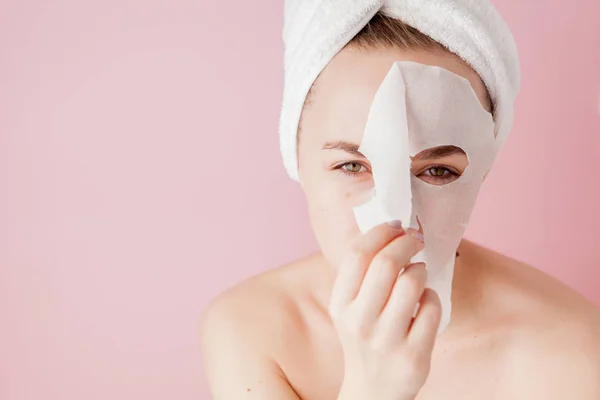
Basic Principles of Layering Skincare
General Rule: Lightest to Heaviest
Layering skincare products correctly ensures maximum absorption and efficacy. The general rule is to apply products from lightest to heaviest. This method allows lighter, water-based products to penetrate the skin before heavier, oil-based ones.
Importance of pH Balance
Maintaining the pH balance in your skincare routine is crucial for healthy skin. The skin’s natural pH is slightly acidic, around 5.5. Using products with the right pH can protect the skin barrier, preventing irritation and breakouts.
Understanding Product Ingredients and Compatibility
Knowing the ingredients in your skincare products and their compatibility is vital. Some ingredients, like retinol and vitamin C, can be potent and may not mix well with others.
Step-by-Step Guide to Layering Skincare Products
Morning Routine
Cleanser
Types of Cleansers
Choose from gel, foam, cream, or oil cleansers. Each type caters to different skin needs.
How to Choose the Right Cleanser
Consider your skin type and concerns. Gel cleansers suit oily skin, while cream cleansers are ideal for dry skin.
Toner
Purpose of Toning
Toning helps to balance the skin’s pH and prepare it for subsequent skincare steps.
Types of Toners
Hydrating toners replenish moisture, exfoliating toners remove dead skin cells, and astringent toners control oil.
Essence
Definition and Benefits
Essences are lightweight, hydrating products that enhance skin moisture and improve texture.
How to Apply Essence
Gently pat essence into the skin with your fingertips after toning.
Serum
Targeted Treatment
Serums deliver concentrated ingredients like Vitamin C, Hyaluronic Acid, or Niacinamide to address specific skin concerns.
How to Choose and Apply Serums
Select based on your skin issues and apply a few drops to the face, focusing on problem areas.
Eye Cream
Importance of Eye Cream
Eye creams target the delicate skin around the eyes, reducing puffiness, dark circles, and fine lines.
How to Apply Eye Cream
Use your ring finger to gently tap the cream around the orbital bone.
Moisturizer
Types of Moisturizers
Options include gel, cream, or lotion moisturizers, each providing different levels of hydration.
How to Choose Based on Skin Type
Gel moisturizers are great for oily skin, creams for dry skin, and lotions for normal skin.
Sunscreen
Importance of Sunscreen in Daily Routine
Sunscreen protects against harmful UV rays, preventing skin damage and aging.
Types of Sunscreens
Chemical sunscreens absorb UV rays, while physical sunscreens reflect them.
Proper Application Techniques
Apply generously and evenly, reapplying every two hours when exposed to the sun.
Evening Routine
Double Cleansing
Oil-based Cleanser
Start with an oil-based cleanser to dissolve makeup and sebum.
Water-based Cleanser
Follow with a water-based cleanser to remove remaining impurities.
Toner
Prepping Skin for Next Steps
Toner readies the skin for better absorption of subsequent products.
Rehydrating and Balancing Skin
Use a toner to restore hydration and balance the skin’s pH.
Treatment Products
Retinoids
These boost cell turnover and reduce signs of aging.
Acne Treatments
Target breakouts with ingredients like benzoyl peroxide or salicylic acid.
Spot Treatments
Apply directly on blemishes to reduce inflammation and speed up healing.
Hydrating Products
Essence
Reapply essence to maintain hydration levels.
Hydrating Serum
Choose serums with ingredients like Hyaluronic Acid to lock in moisture.
Night Cream or Sleeping Mask
Difference Between Day and Night Moisturizers
Night creams are usually richer and more nourishing than day moisturizers.
Benefits of Overnight Masks
These provide intense hydration and repair while you sleep, leaving skin refreshed by morning.
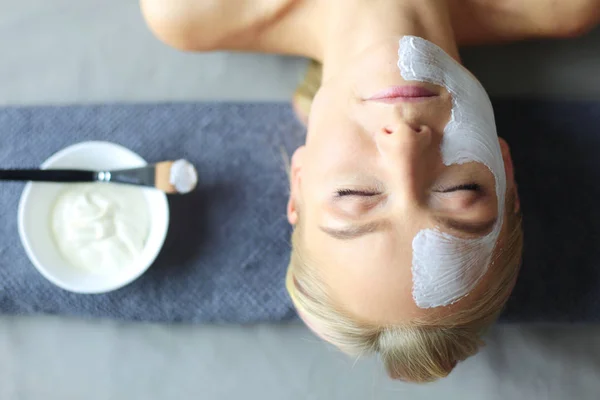
Special Considerations
Layering with Actives
AHAs and BHAs
Alpha Hydroxy Acids (AHAs) and Beta Hydroxy Acids (BHAs) are potent exfoliants. AHAs, like glycolic acid, target the skin’s surface to remove dead cells. BHAs, such as salicylic acid, penetrate deeper into pores to clear congestion.
When layering, use AHAs and BHAs on alternate nights to minimize irritation. Start with low concentrations to build tolerance.
Retinoids
Retinoids, including retinol, accelerate cell turnover and improve skin texture. Retinoids can cause dryness and peeling. Introduce retinoids slowly, starting with twice a week.
Always apply a moisturizer afterward to maintain hydration. Avoid using retinoids with AHAs and BHAs simultaneously to prevent excessive irritation.
Vitamin C
Vitamin C is a powerful antioxidant that brightens skin and reduces hyperpigmentation. Apply vitamin C serum in the morning for maximum protection against environmental damage.
Ensure the skin is dry before layering other products. Avoid combining vitamin C with retinoids directly to prevent reduced efficacy and irritation.
How to Avoid Irritation
To avoid irritation when layering actives, introduce one active at a time. Monitor your skin’s response before adding another active. Use hydrating and soothing products to buffer the effects of potent ingredients. Maintain a simple routine and avoid over-exfoliation.
Adjusting Routine Based on Skin Condition
Seasonal Changes
Skin condition changes with the seasons. In winter, opt for heavier moisturizers to combat dryness. Use gentle cleansers to maintain the skin barrier. In summer, switch to lightweight, oil-free moisturizers. Apply sunscreen daily to protect against UV damage.
Hormonal Changes
Hormonal fluctuations can affect skin condition. During menstruation, increase hydration and use anti-inflammatory products to manage breakouts.
For pregnancy, consult with a dermatologist before using retinoids and certain exfoliants. Adjusting products according to hormonal changes helps maintain balance and prevent irritation.
Patch Testing New Products
Patch testing is crucial when introducing new skincare products. Apply a small amount of the product on a discreet area, such as behind the ear or on the inner forearm.
Wait 24 to 48 hours to check for adverse reactions like redness, itching, or swelling. Patch testing helps identify potential irritants and ensures the product is safe for use on your face.
Customized Skincare Routines
For Oily Skin
For oily skin, focus on oil control and pore minimizing. People with oily skin often seek products labeled as “oil-free” and “non-comedogenic.” Using a gentle cleanser with salicylic acid helps control excess sebum and prevent acne.
For Dry Skin
For dry skin, the primary goal is hydration and moisture retention. Look for products described as “hydrating” and “moisturizing.” Cream-based cleansers that contain hyaluronic acid and glycerin help lock in moisture.
Using a rich, emollient moisturizer with ingredients like ceramides and shea butter can soothe and nourish dry skin. Adding a hydrating serum or facial oil can provide an extra layer of moisture. Avoid harsh exfoliants and hot water, which can strip the skin’s natural oils.
For Sensitive Skin
Sensitive skin requires gentle and soothing products. Terms like “hypoallergenic” and “fragrance-free” are often sought after by those with sensitive skin. Use a mild, non-irritating cleanser with ingredients like chamomile or aloe vera to calm the skin.
Lightweight, soothing moisturizers with colloidal oatmeal or squalane can help maintain the skin barrier. Patch test new products to avoid adverse reactions and opt for formulas with minimal ingredients.
For Combination Skin
Combination skin needs a balance of hydration and oil control. Look for products that are both “balancing” and “dual-action.” Gel-based cleansers can effectively cleanse without over-drying. A lightweight, oil-free moisturizer provides hydration to dry areas without making oily zones greasy.
Using a toner with witch hazel can help control excess oil in the T-zone. Consider multi-masking, using different masks for different areas of the face, to address specific concerns simultaneously.
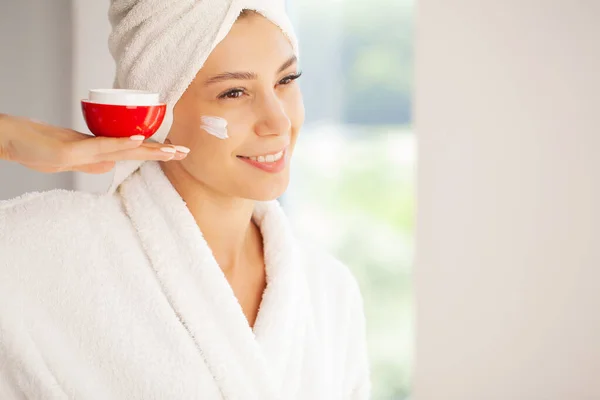
FAQs
Can I mix different brands when layering skincare products?
Yes, mixing different brands is usually fine. However, be mindful of active ingredients to avoid irritation or adverse reactions. Patch testing new combinations is always a good idea.
How long should I wait between applying each product?
Allow each product to absorb for about 30 seconds to a minute before applying the next. This helps prevent pilling and ensures each product penetrates effectively.
Can I skip steps if I’m short on time?
Yes, but prioritize essential steps: cleansing, moisturizing, and sun protection (in the morning). Serums and treatments can be skipped occasionally, but consistency yields the best results.
How do I incorporate new products into my routine?
Introduce one new product at a time and use it every other day initially to monitor how your skin reacts. This helps identify any irritations or allergies.
What’s the difference between a serum and an essence?
Serums typically have a higher concentration of active ingredients and target specific skin concerns. Essences are more lightweight and hydrating, often used to prep the skin for better absorption of subsequent products.
Should I adjust my routine for different seasons?
Yes, skin’s needs can change with the seasons. In winter, focus on hydrating and moisturizing products. In summer, lighter, oil-free products and stronger sun protection are advisable.
Is it necessary to use a toner?
While not essential, toners can help balance the skin’s pH and remove any remaining impurities after cleansing. They also prep the skin to better absorb other products.
How does sunscreen fit into my skincare routine?
Sunscreen should be the last step in your morning skincare routine. Apply it after your moisturizer and allow it to absorb before applying makeup.
What if I use prescription skincare products?
Consult your dermatologist for specific instructions. Generally, prescription treatments should be applied after cleansing and before moisturizing, but follow professional guidance for optimal results.
Can layering too many products harm my skin?
Yes, overloading your skin can lead to irritation, breakouts, or reduced effectiveness of products. Stick to a simple routine that addresses your main concerns, and avoid excessive layering.
What’s the best way to layer anti-aging products?
Start with a gentle cleanser, followed by a hydrating toner. Apply a serum with antioxidants like Vitamin C in the morning and retinol at night. Always follow with a moisturizer and sunscreen during the day.
Are there any ingredients that should not be layered together?
Avoid combining retinol with AHAs/BHAs to prevent irritation. Also, be cautious with layering Vitamin C with niacinamide or retinol, as these combinations can reduce efficacy or cause irritation for some skin types.
Conclusion
Layering skincare products effectively is essential for optimizing the benefits of each product and maintaining healthy, glowing skin. Begin with cleansing to create a fresh base, followed by toning to balance the skin’s pH. Apply serums next, allowing their potent active ingredients to penetrate deeply.
Moisturizers should follow to lock in hydration, and always finish with sunscreen during the day to protect against UV damage. Adhering to this order ensures that each product can perform its best, promoting overall skin health and radiance.
